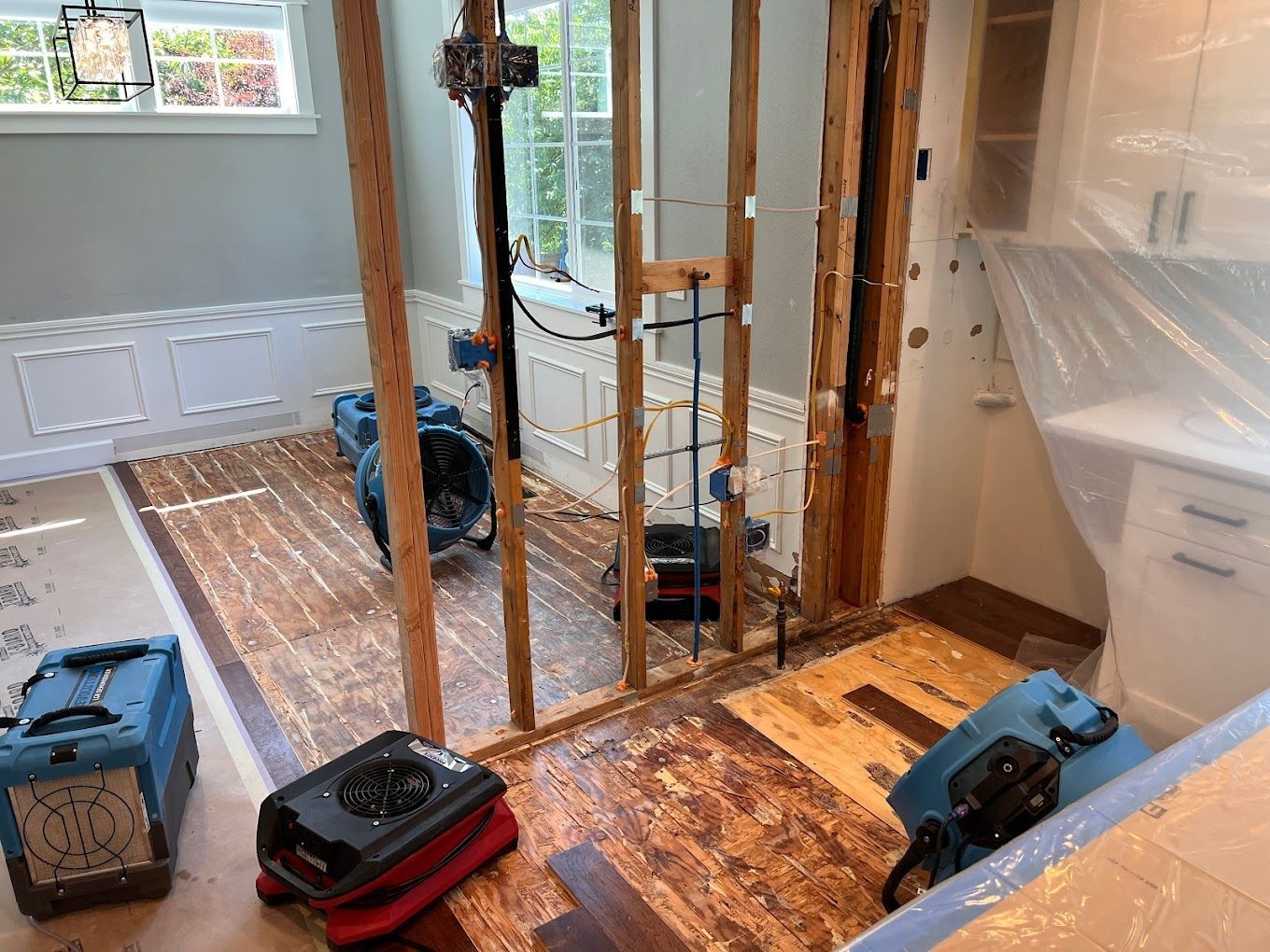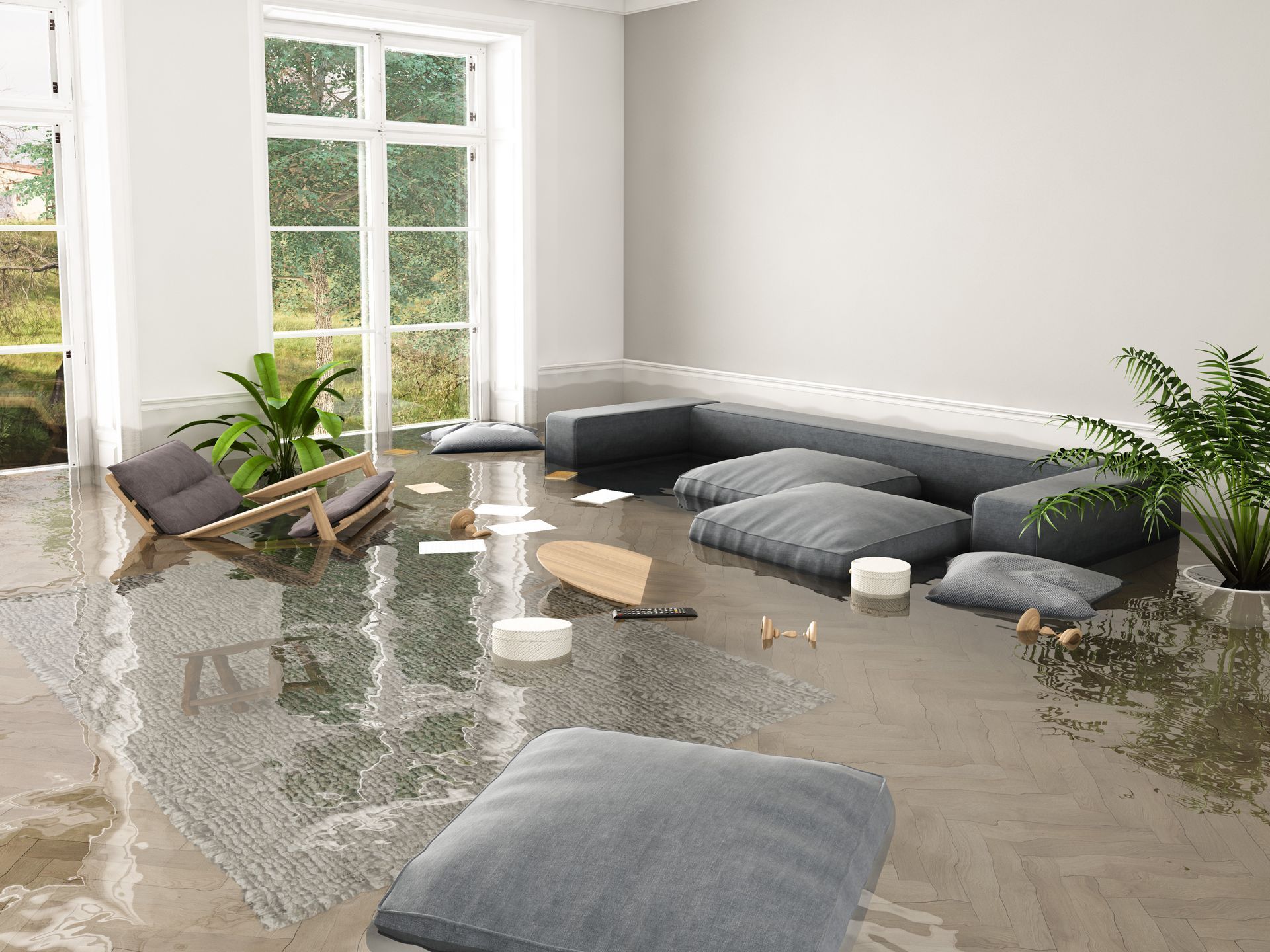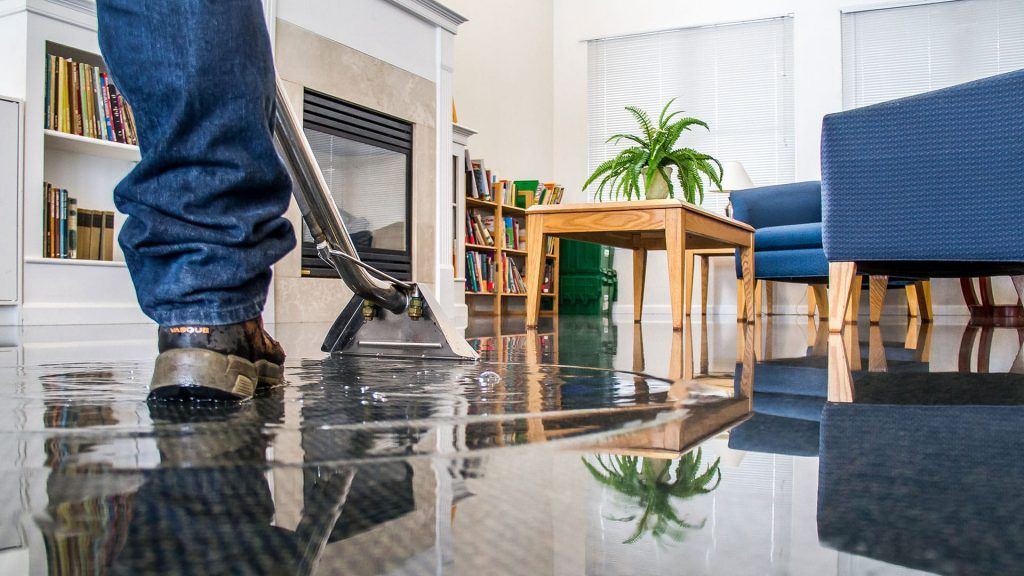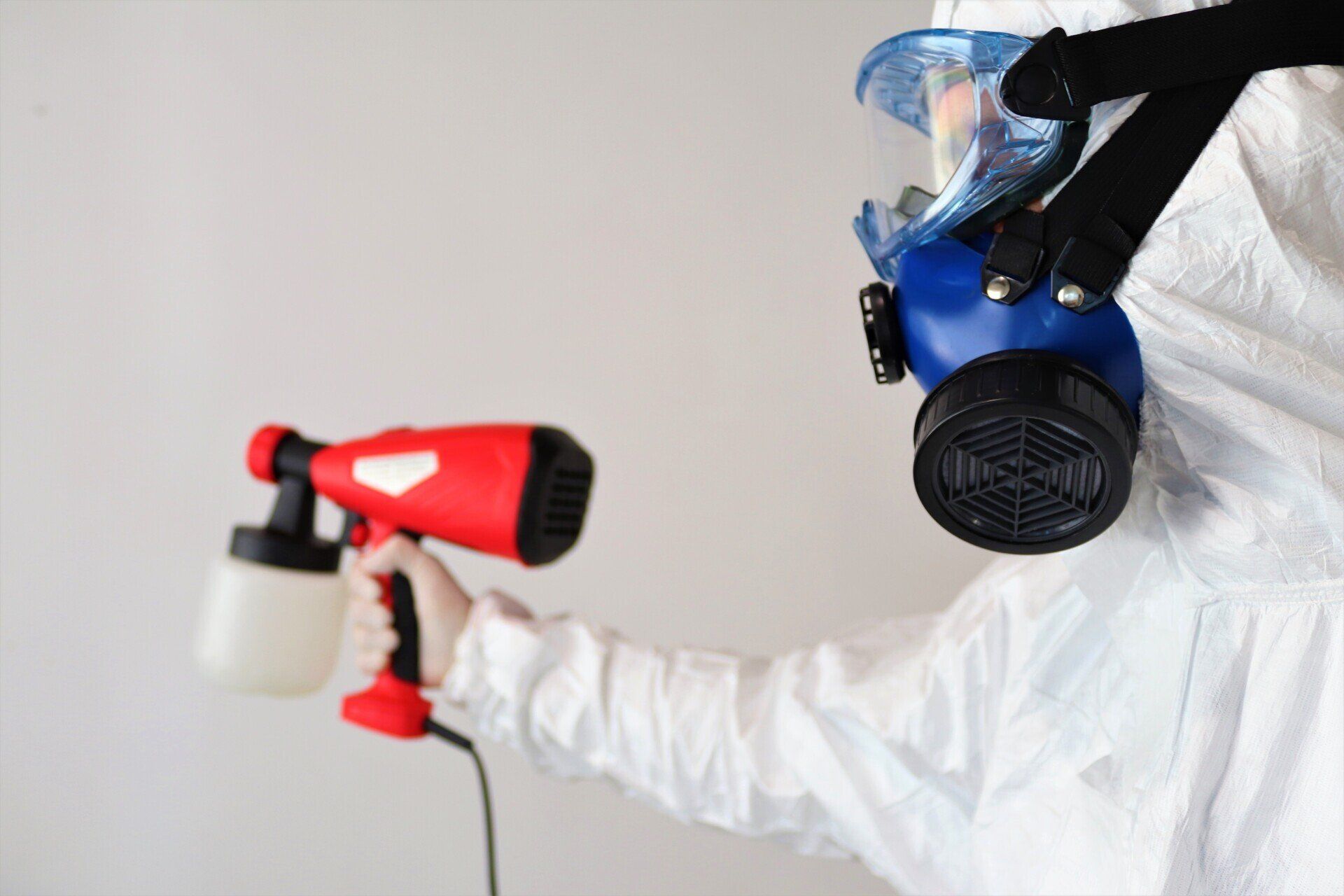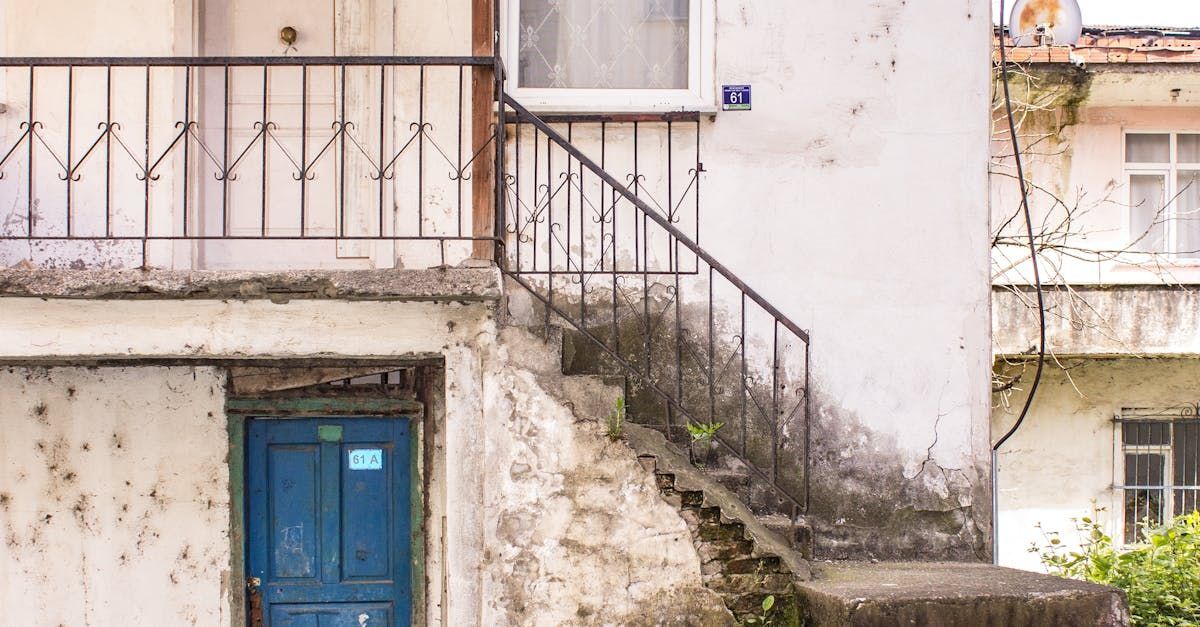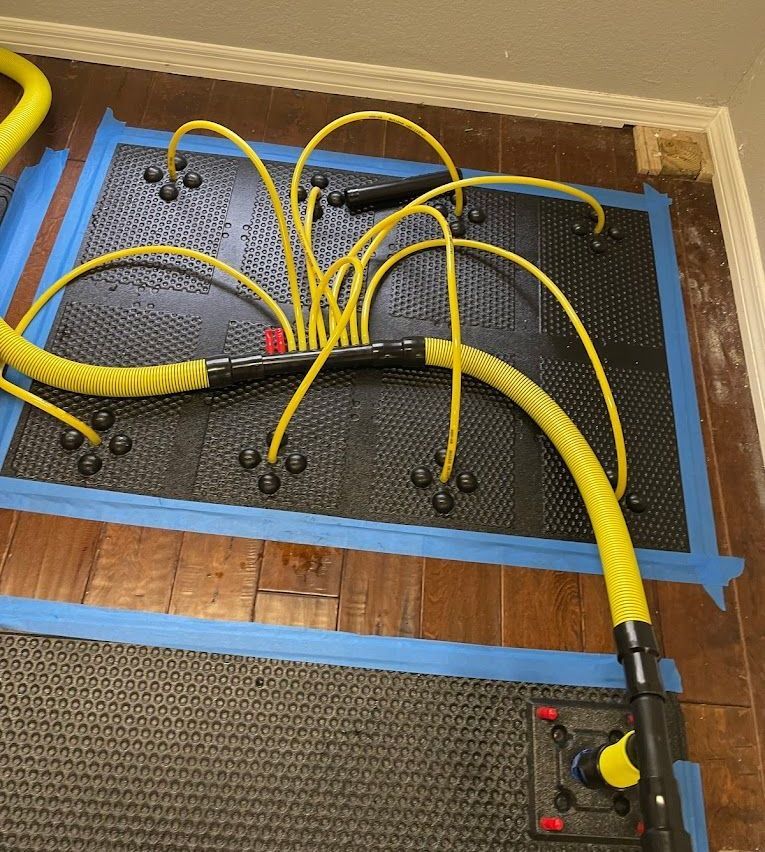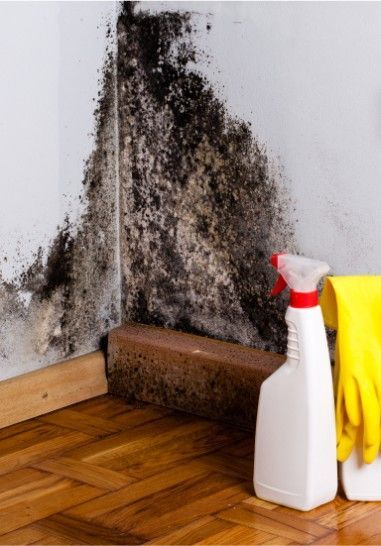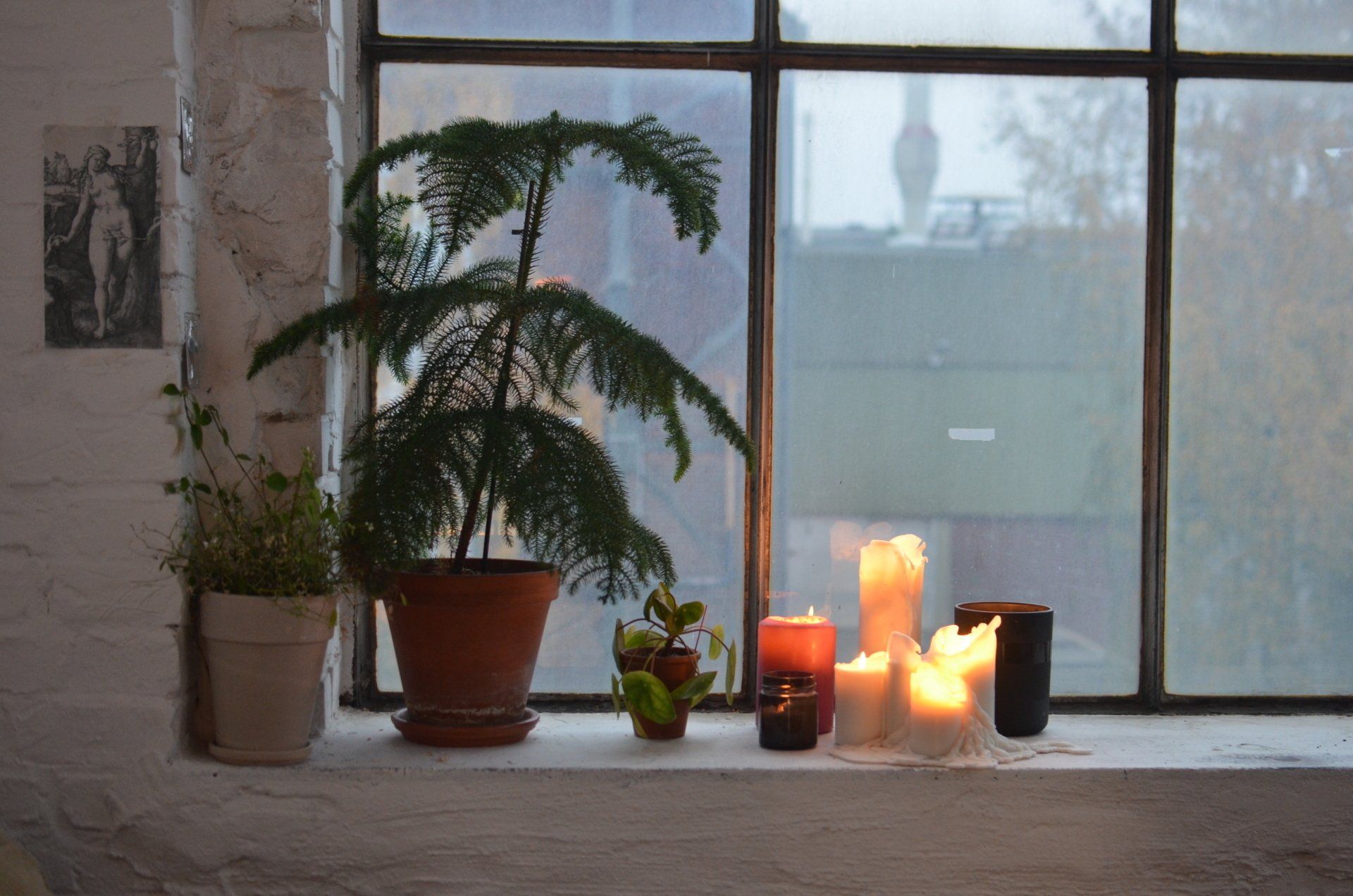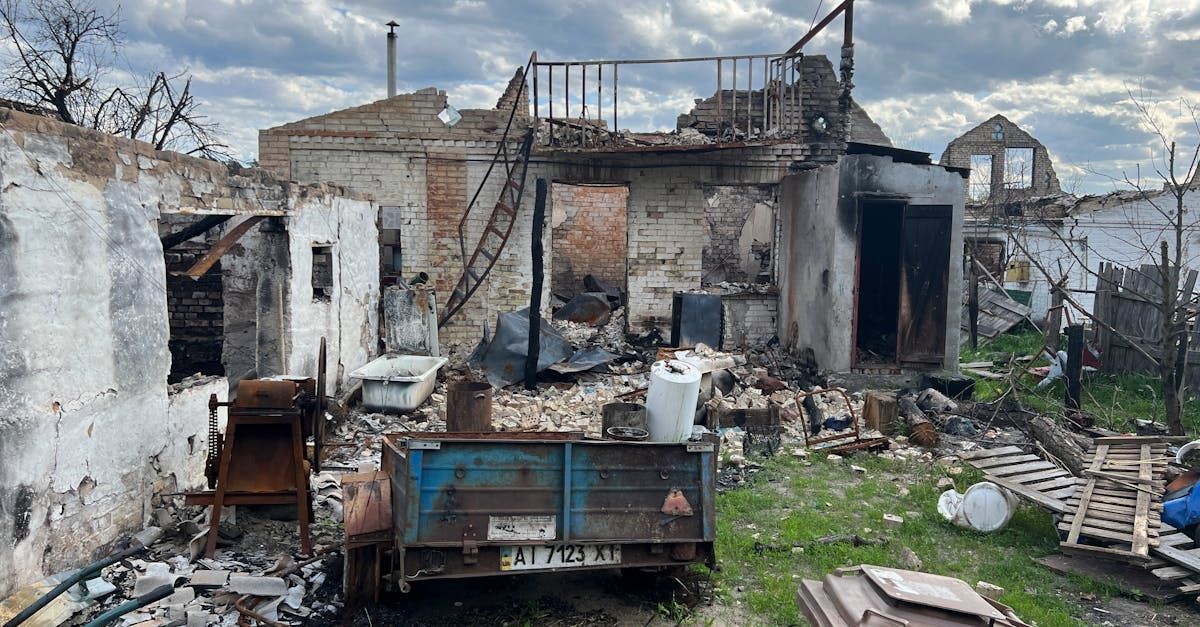Steps to Take After a Fire Damage Incident
House Fire Damage: What to Do After the Flames Are Extinguished
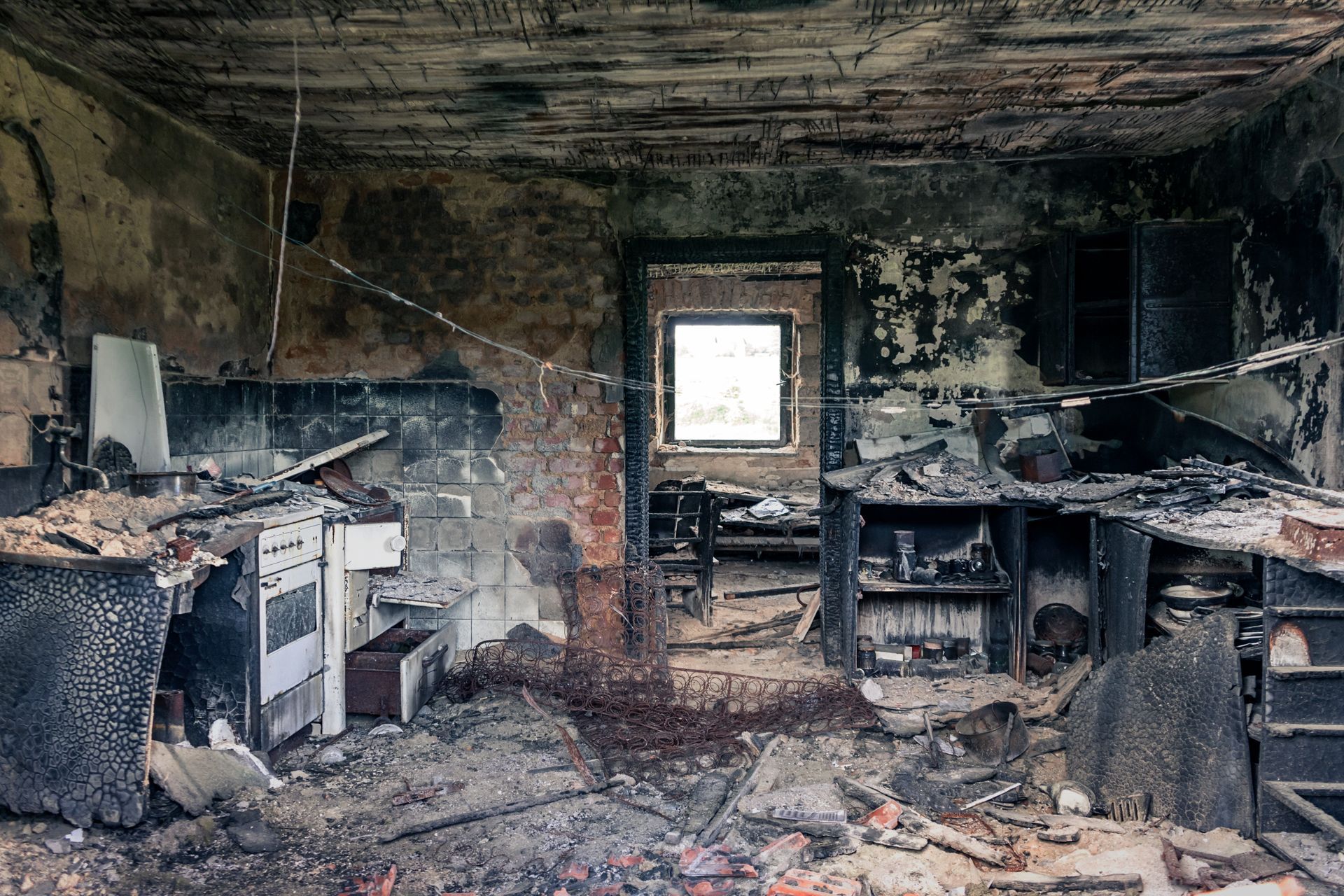
When a house fire strikes, the aftermath can be devastating. The intermingling of fire and smoke damage can leave a house in a severely damaged state. This article underscores the importance of prompt, strategic action following a fire incident to mitigate further damage. We'll walk you through the critical steps to take post-fire and how to navigate the complex process of restoring your fire-damaged house. Understanding these steps is not only crucial for your home's structural integrity but also for your family's health and safety.
Step 1: Contact Professionals
A house fire is one of the most catastrophic incidents that a homeowner can experience. The aftermath leaves not just a fire-damaged house but also a myriad of emotions and a heavy burden of restoration. In the face of such a calamity, professionals play a critical role.
- Firefighters ensure the flames are thoroughly extinguished and the property is rendered safe, preventing any further flare-ups.
- Insurance adjusters assess the extent of fire and smoke damage, providing a fair and accurate estimate for your claim.
- Restoration companies, like All Things New Restoration, are experts in rehabilitating fire-damaged houses, mitigating smoke damage, and breathing new life into your damaged house.
In the wake of a house fire, time is of the essence. Immediate contact with these professionals is crucial to kickstart the restoration process, secure your property, and prevent additional damage. When selecting a restoration company, look for industry certifications, customer reviews, and a proven track record of success. Choose a team that is responsive, reliable, and highly skilled in the areas of fire and smoke damage restoration. Only the highest level of professionalism can help you navigate the complexities of a house fire damage situation, ensuring a comprehensive, efficient, and empathetic approach to your home's restoration.
Step 2: Assess the Damage
Before any restoration work can commence, it's crucial to assess the full extent of the fire damage. This step is important because it helps to outline the scope of the work, determine the necessary resources, and create an effective restoration plan. Professionals use a variety of specialized tools and techniques to conduct a thorough evaluation of the property. They look for signs of structural damage, which might involve weakened beams, compromised walls, and damaged roofs that pose a risk to safety during the restoration process.
Apart from the obvious visual damage, professionals also inspect for hidden issues like smoke damage. Smoke can infiltrate walls, ceilings, and other areas, causing discoloration, odors, and potential health risks. Moreover,
water damage from firefighting efforts can lead to mold growth if not promptly addressed. These types of damage might not be immediately visible but can have lasting effects on the home's structure and air quality. By allowing professionals to assess the damage, homeowners can ensure that no stone is left unturned and that their homes will be restored safely and effectively.
With a keen eye for detail and expertise in handling fire-damaged houses, professionals can help transform the aftermath of a house fire into a clean, safe, and comfortable home once again.
Step 3: Secure the Property
Securing the property after a house fire damage incident is a crucial step in the restoration process. It is imperative to protect the fire-damaged house from further damage, which could be caused by weather conditions or unauthorized entry. Professionals initiate the securing process by boarding up windows and doors, creating a physical barrier against intruders and the elements. This is a critical measure, especially where windows and doors have been damaged or destroyed, as it prevents additional water or wind damage, as well as deters theft and vandalism.
In addition to boarding up the structure, professionals may also install temporary fencing around the property. This serves dual purposes: it keeps out unauthorized individuals, reduces the risk of potential liability, and deters wildlife from entering and causing additional damage. Furthermore, it reassures homeowners that their property is secure during the restoration period.
Other securing measures may include covering damaged roofs with tarps to protect against rain and securing any structural elements that may pose a safety hazard. These steps ensure the property remains safe and secure until the restoration process can begin.
While a house fire can be devastating, a proactive approach toward securing the fire-damaged house can mitigate further losses. It's advantageous to seek the expertise of professionals like All Things New Restoration, who are experienced and efficient in handling fire-damaged houses. They offer peace of mind to homeowners during a challenging time, ensuring that their property is well-protected and set on the path to recovery.
Step 4: Water Extraction and Drying
Often overlooked, water extraction and drying are crucial steps in the restoration process after a house fire. The firefighting efforts, while necessary to extinguish the flames, often result in water damage, which, if left untreated, can lead to mold growth and structural instability. Professional restoration teams use high-powered pumps and industrial-grade vacuums to remove water from the premises efficiently. This process is followed by the use of specialized drying equipment, including air movers and dehumidifiers, to quickly and effectively dry out the affected areas.
As a homeowner, there are ways you can assist with this process. Opening windows and doors can allow for natural ventilation and speed up the drying process, provided it's a dry, sunny day. Using fans can also help circulate air and expedite drying, but do this only after professionals have deemed it safe to use electricity in your fire-damaged house.
Remember, professional assistance is paramount to ensure the water extraction and drying process is thorough and effective, reducing the risk of secondary damage such as mold growth. Trusting professionals like those at All Things New Restoration can ensure that your fire-damaged house is restored to its pre-damage condition efficiently and meticulously.
Step 5: Cleaning and Sanitizing
After a house fire, cleaning and sanitizing your home is of utmost importance. Fire damage often leads to the growth of mold and other harmful microorganisms, which can pose serious health risks. Cleaning and sanitizing not only help restore the aesthetic appeal of your fire-damaged house but also ensure its long-term safety and habitability.
Professionals employ a range of cleaning agents, from detergents to disinfectants, tailored to the specific type of residue present. They use scrubbing, dry-ice blasting, or ultrasonic cleaning techniques to remove soot, char, and other stubborn debris from the damaged surfaces. Specialized cleaning solutions are applied to sanitize the area thoroughly and prevent microbial growth.
To ensure the safety of both workers and building occupants, professionals employ containment strategies to prevent cross-contamination. They partition off the affected area with plastic sheeting, effectively creating isolation zones to contain harmful particles. Negative air pressure units, which pull contaminated air out of the area and vent it safely outside, are also used.
Finally, personal protective equipment (PPE) is worn by all restoration personnel, further safeguarding against potential health hazards. This step not only protects the staff but also reassures homeowners that the cleaning process is being conducted with their safety in mind.
Trust the experienced professionals at All Things New Restoration to undertake these critical steps, ensuring your fire-damaged house is not only cleaned and sanitized but also safe and healthy for you to return to.
Step 6: Restoration and Repairs
The final and most rewarding step in the restoration process is the actual rebuilding of the fire-damaged house. This involves replacing damaged materials, painting, and refinishing surfaces to restore the property to its pre-fire condition or even better.
The restoration process is meticulously planned and executed by our team at All Things New Restoration. We begin by conducting a comprehensive assessment to determine the extent of structural damage and the materials required for repair. Damaged materials such as drywall, roof shingles, or flooring are removed and replaced with new ones in consultation with homeowners to choose the right materials and finishes that align with their preferences and budget.
Painting and refinishing are done with precision to give your home a fresh, new look. This not only enhances the aesthetic appeal but also seals and protects surfaces against future damage. Safety is paramount in this phase – professionals ensure that the structural integrity is maintained and all safety codes are adhered to.
Professionals work closely with homeowners throughout the restoration process, providing updates and involving them in critical decisions. It's this collaborative approach that ensures the end result is not just a restored house but a home that reflects the personal taste and style of the homeowners.
Restoring a fire-damaged house is a complex task that requires the expertise of seasoned professionals. Trusting a dedicated team like All Things New Restoration ensures the restoration process is thorough, safe, and tailored to your needs.
Step 7: Communicate with the Insurance Company
One of the key steps after house fire damage is to establish clear and open communication with your insurance company. This is vital as it enables your claims process to move forward smoothly, ensuring that the cost of restoring your fire-damaged house is covered under your policy. Insurance adjusters play a crucial role in this process, assessing the extent of the fire and smoke damage and determining the amount that the insurance company should pay for the restoration. They work in tandem with restoration companies like ours, All Things New Restoration, to make sure that the scope of work aligns with your insurance coverage.
Here are a few tips to help you navigate communication with your insurance company effectively:
- Promptly notify your insurance company about the fire damage to get the claim process started as soon as possible.
- Document the damage extensively. Take photos and make detailed notes about all damaged items, including their value. This will be helpful evidence when dealing with your insurance company.
- Maintain a log of all communication with your insurance company. This includes emails, letters, and phone calls.
- If you disagree with the adjuster's assessment, don't hesitate to ask for a second opinion or hire a public adjuster.
In essence, being proactive, organized, and communicative will help ensure that your insurance company covers the necessary cost of restoring your fire-damaged house to its pre-damaged condition.
Professional Help From All Things New Restoration
Dealing with a house fire and the subsequent damage can be overwhelming. However, with a professional restoration service like All Things New Restoration, the process of restoring your fire-damaged house can be made less daunting. From initial assessment to cleaning, sanitizing, and repairing, our experts ensure efficient and meticulous restoration to pre-fire conditions while also aiding with insurance claims. Trust All Things New Restoration for comprehensive fire damage restoration services tailored to your needs. Ready to restore your home to its former glory? Contact us today- your house deserves the best attention after a fire!

